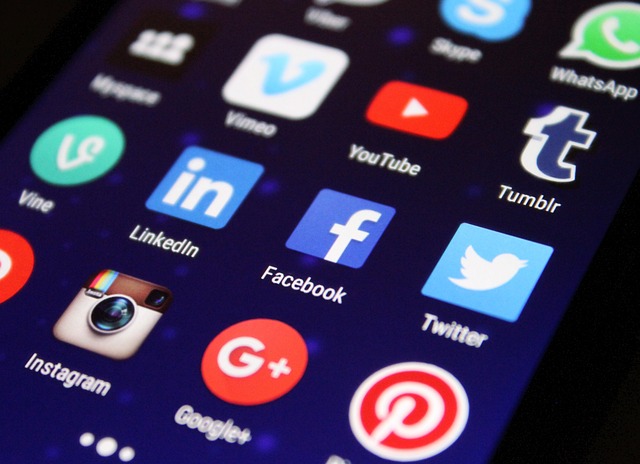
The Power of Daydreaming: Unleashing Creativity in Science, Technology, and Workplace Culture
In a world where productivity and efficiency are often prioritized, the significance of daydreaming can easily be overlooked. Yet, the power of daydreaming is not merely a distraction; it is an essential aspect of our creativity and innovation. Far from being a whimsical escape, daydreaming is a cognitive process that allows us to explore ideas, make connections, and unlock our potential in the realms of science, technology, and workplace culture.
In the realm of science, many groundbreaking discoveries and inventions have emerged from moments of daydreaming. Think of eminent figures like Albert Einstein, who famously stated that “imagination is more important than knowledge.” He visualized complex theories while letting his mind wander, leading to the formulation of the theory of relativity. Daydreaming fosters an environment where we can ponder the impossible, challenge the status quo, and imagine alternative solutions. These mental excursions can be the birthplace of revolutionary ideas that push the boundaries of scientific understanding.
Similarly, in the sphere of technology, some of the most innovative advancements arise during spontaneous moments of creativity. Companies like Google and Apple encourage a culture where daydreaming is not only accepted but celebrated. The notion of “20% time” at Google allows employees to spend a portion of their work hours on personal projects, leading to creations like Gmail and Google News. When individuals are encouraged to daydream, they are more likely to develop unique products that meet unfulfilled needs in the market. This is the essence of harnessing daydreaming as a catalyst for technological progress.
In terms of workplace culture, the benefits of daydreaming go beyond innovation and creativity. When organizations prioritize mental space for employees to let their minds wander, they create an atmosphere of trust and autonomy. Daydreaming can enhance problem-solving abilities and boost morale, leading to increased job satisfaction and employee retention. Companies that recognize the value of daydreaming foster communities where employees feel empowered to share their imaginative insights and collaborate more effectively.
Additionally, the connection between daydreaming and mental well-being cannot be understated. In a fast-paced world where stress is prevalent, allowing oneself to daydream can be a form of self-care. It provides a necessary break from the relentless demands of modern life, offering clarity and new perspectives. By letting our minds drift, we can reduce burnout and enhance our overall mental health, which ultimately translates into better performance at work and in other areas of life.
Embracing daydreaming as a tool for creativity in science, technology, and workplace culture opens up myriad possibilities. It is crucial to shift our perception of daydreaming from an idle pastime to a powerful mechanism for innovation and personal growth. So the next time you find yourself drifting off into thought, remember: your daydream might just be the spark of inspiration that leads to the next big breakthrough.



